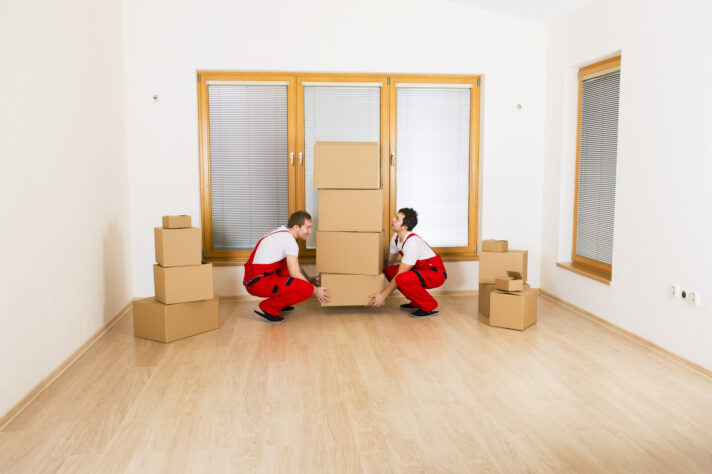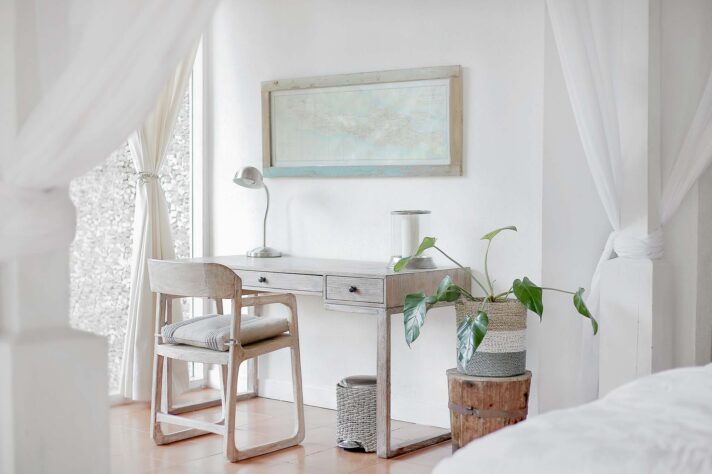When preparing fragile dishes for relocation across the country, start by gathering necessary supplies and cleaning and inspecting your dishes to decide what is worth relocating. To box up your possessions correctly, begin with wrapping each bowl, safeguarding it inside a cardboard container, arranging everything properly, adding a protection layer on top, and sealing the container with duct tape. After the job is done, label the content of the box clearly on its sides to notify anyone handling the item that it’s fragile.
How to Pack Glass Bowls for Moving Across the Country
Relocating across the country brings its share of challenges, and ensuring the safety of your fragile items tops the list. If you’re wondering how to pack glass bowls for moving without a scratch, you’re in the right place. Dive in as we unveil the secrets to transporting your cherished glassware with utmost care.
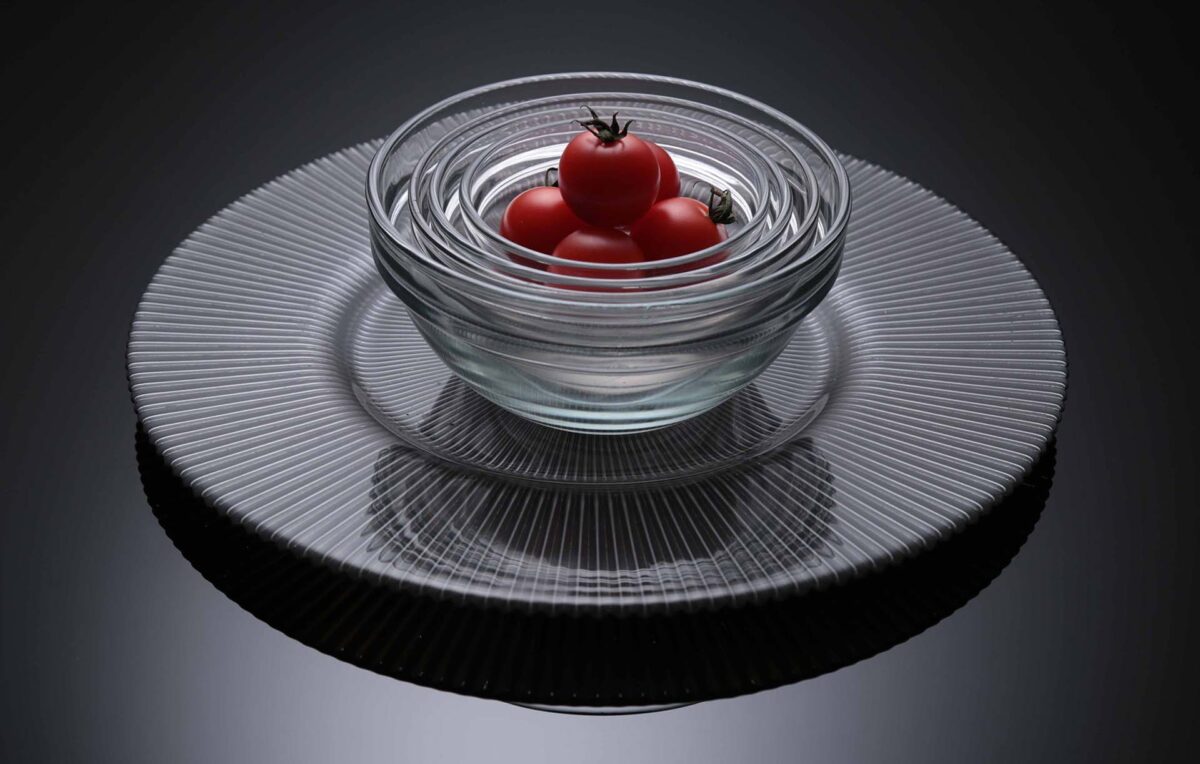

Gather All the Essential Packing Supplies
The right packing materials are akin to an insurance policy for your precious belongings. When moving over long distances, the journey can be unpredictable. From bumpy roads to sharp turns, your items can easily shift or encounter unforeseen impacts.
Having appropriate supplies ensures bowls and any other fragile items you have are properly secured, minimizing the risk of breakage and ensuring a stress-free relocation. These are the different packing materials you should get:
- Sturdy boxes – these can provide a solid base and prevent any external pressures from harming the glassware. A box of subpar quality can easily collapse or get punctured during transportation.
- Bubble wrap – this cushioning material acts as a protective barrier against shocks or jolts during the move. Wrapping your dishes in bubble wrap ensures they remain unscathed amidst other shifting items.
- Clean paper – placing crumpled paper inside and around the object can absorb shocks and prevent the glass from scratching or chipping.
- Foam peanuts – these fill any voids within the crates, ensuring that dishes don’t move around during transit. Their cushioning properties also act as an additional layer of protection against sudden impacts.
- Duct tape – strong adhesive tape ensures that the boxes are securely closed and sealed. This prevents any unexpected openings, ensuring the content remains protected from dirt, moisture, or accidental spills.
Assess your belongings and make a thorough inventory list, as it’s crucial to have enough of each material to pack efficiently. Underestimating can lead to inadequate protection. If you run out midway, you may be tempted to skimp on protection for the remaining items.
Clean and Inspect the Glass Bowls
This proactive approach ensures a smoother boxing-up experience and reduces the risk of unwelcome surprises upon unpacking after moving cross country. By ensuring each object is free from dust and residue, you not only prepare them for safe storage but also prevent any grime from causing scratches during the move.
Additionally, a thorough inspection helps you downsize for relocation and identify any pre-existing damages like chips, cracks, or inherent weaknesses in the bowls. Identifying these vulnerabilities early on allows for special handling of compromised pieces. This also aids in making informed decisions about whether certain items should be kept at all or perhaps got rid of. All of the unwanted items can be donated or sold online on platforms like Craigslist or Facebook Marketplace.
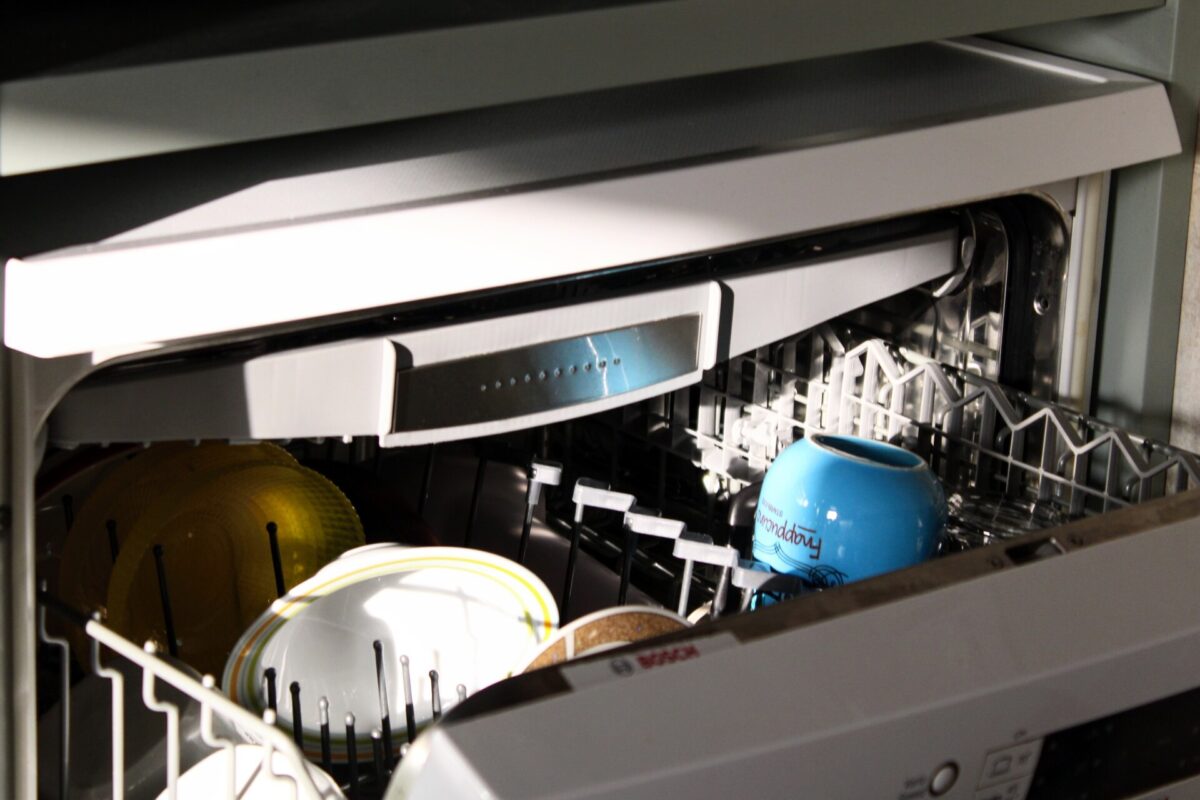

How to Pack Glass Bowls for Moving – Step-By-Step Instructions
Without adhering to a systematic approach, you run the risk of overlooking critical safety measures, leading to breakages or damages. Each phase is designed to ensure maximum protection and minimize potential damages. The intricate nature of glassware demands meticulous attention and precision, so try to follow the steps listed below to the tee.
Step 1 – Wrap Each Glass Bowl Individually
Begin by enveloping each piece in several layers of bubble wrap, ensuring every inch is cushioned against potential shocks. For added safety, introduce an extra layer of clean paper between an object and bubble wrap.
This not only acts as another protective shield but also prevents any residue from the bubble wrap from settling on the glass. Once you’re confident in the wrap’s coverage, use duct tape to secure it. This ensures that the protective layers remain snugly in place, guarding your items against the rigors of the move.
Step 2 – Form a Protective Layer on the Bottom of the Box
Enforce the bottom of the crate with some extra strips of tape for durability. After that, lay down a generous layer of foam peanuts or crumpled paper at the base of the box. These foundational steps serve as a buffer, absorbing shocks and preventing direct contact between the objects and the box’s hard bottom. It’s an essential relocation hack to ensure this cushioning is adequately thick and evenly spread, offering uniform protection across the entire surface.
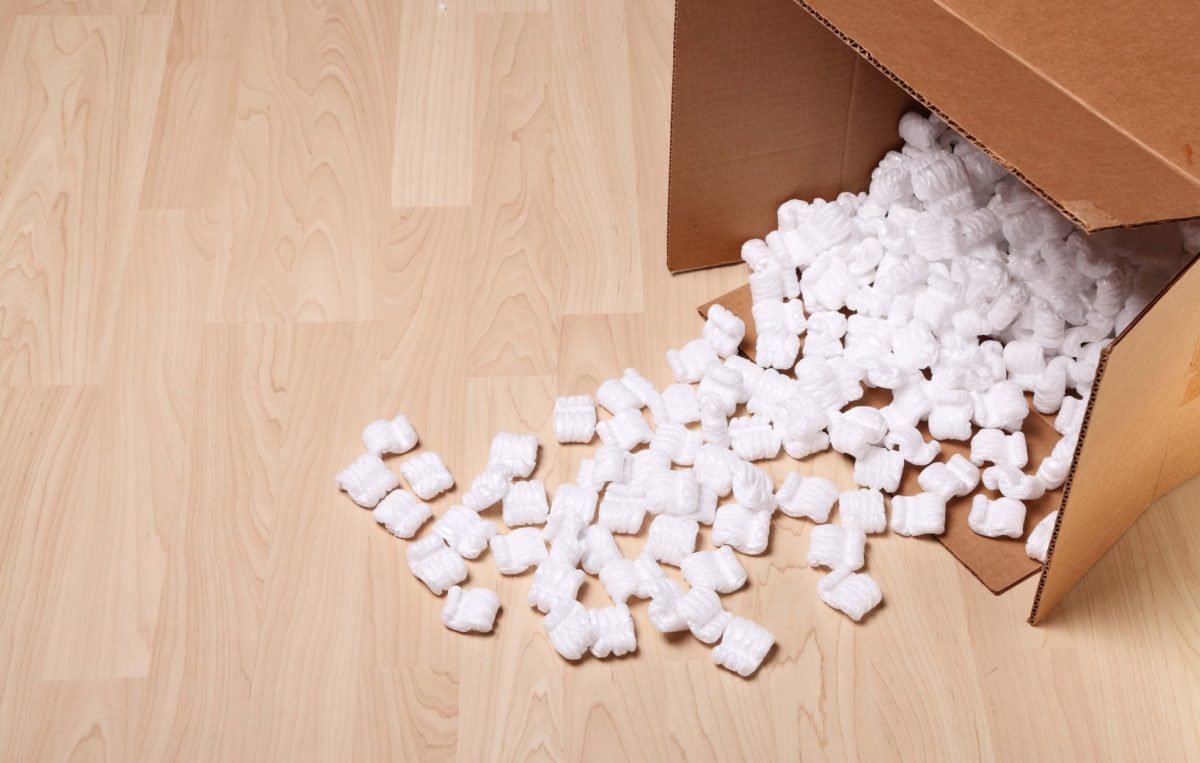

Step 3 – Arrange the Glass Bowls in the Box
Begin by methodically placing each bowl inside the box, either one by one or by nesting smaller items within larger ones, but only after adding a protective layer between them. This technique not only maximizes space but also offers additional cushioning.
While doing so, it’s vital to maintain adequate space between each bowl to avert any direct contact, as this can lead to breakages during transit. Any remaining gaps or voids within the box should be promptly addressed by filling them with foam peanuts or crumpled paper.
Step 4 – Add a Protection Layer on the Top
After arranging the bowls, it’s essential to place an additional layer of protection on the top. This acts as a protective canopy, cushioning the glassware from any external pressures or sudden jolts from above.
Ensure that this top padding completely covers your stuff, close the lids, and give the crate a gentle shake. If you sense any movement or hear any shifting, it’s a cue to add more padding until the contents are secure and snug.
Step 5 – Seal the Box Securely
Begin by closing the container and fastening it securely with robust duct tape. However, don’t just stop there. Reinforce the seams and vulnerable edges with additional tape strips, fortifying its structural integrity against unforeseen stresses.


When You Are Done With Boxing Up, Don’t Forget to Mark the Contents
Finally, moving labels play a crucial role in how your package is treated. Mark the box with “Fragile” and “Handle With Care” signs. This serves as a visual reminder for anyone handling the crates, emphasizing the delicate nature of their contents and the need for gentle treatment during the loading and unloading process.
Additionally, indicate which room the box is destined for in your residence. This makes the process of setting up your new home swifter and more organized. Lastly, if there are any special handling requirements or nuances in unpacking, these should be noted clearly on the box.
Moving
Our mission is to bring high quality, long distance moving services to every customer.
Packing
Our expert moving teams are trained to ensure the safety of your personal belongings.

Storage
Cross Country Moving Company is the most trusted name in auto industry in the country.
Avoid Stress and Hire Cross-Country Movers to Handle Your Breakables
Relocating can be a daunting task, rife with potential stresses and pitfalls, especially when it comes to ensuring the safety of your cherished breakables. Enter the expertise of Cross Country Moving Company. As seasoned long-distance movers, we specialize in offering top-tier cross-country moving services tailored to your specific needs.
Our long-distance moving services are designed to provide peace of mind as you can lean on our expert packing assistance. By entrusting us with your relocation, you not only ensure the security of your possessions but also gift yourself an anxiety-free relocation experience. After all, our team will ensure that your items reach their destination in pristine condition.
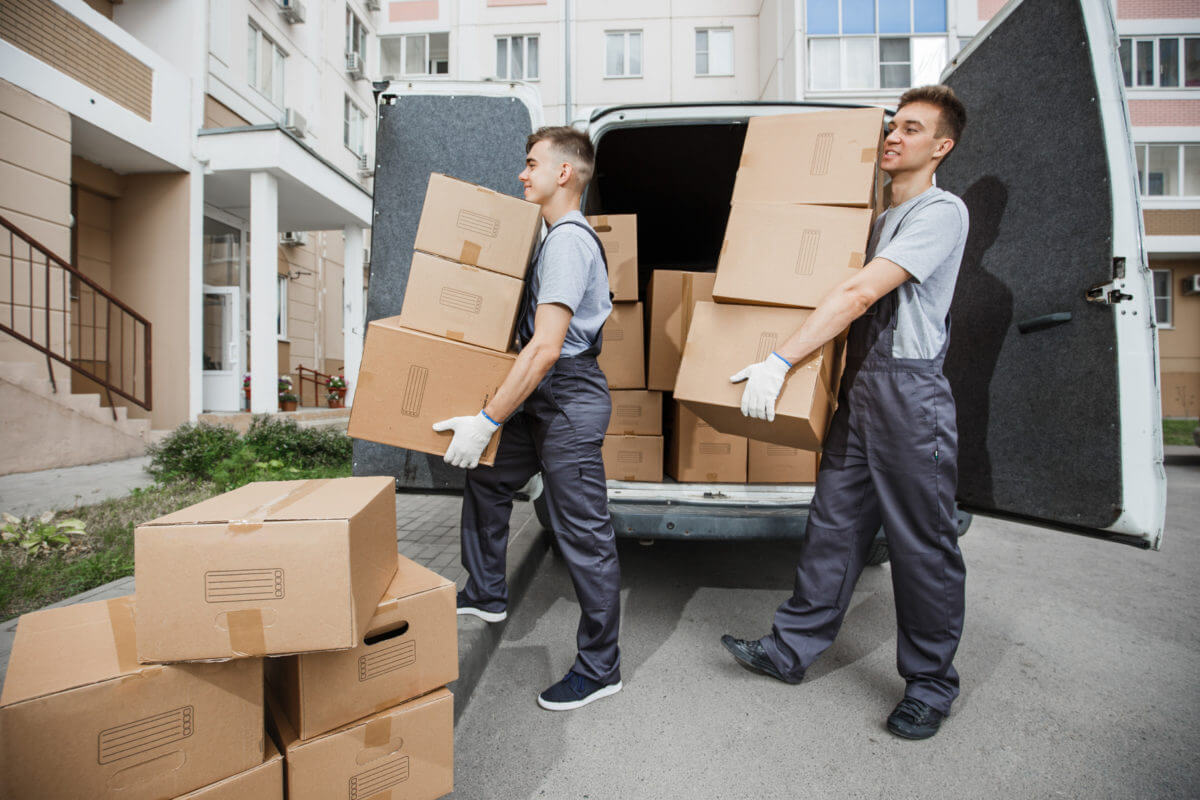

Follow Our Guide, and You’ll Relocate All the Breakables in No Time
In the intricate dance of relocation, safeguarding breakables is often the most nerve-wracking step. But with a clear guide and a systematic approach, even the most fragile items can reach their destination unscathed. Cross Country Moving Company ensures that your cherished glassware and other delicate possessions are protected every step of the way.
With an array of cross-country moving service options, your bowls’ safety is just a call away. Contact our long-distance moving company today, and we’ll ensure that shipping your belongings becomes effortless, allowing you to have an easier relocation process.
FAQ
How to Pack Glass Mixing Bowls for Moving?
When boxing up these items, start by stacking them from largest to smallest. Wrap each stacked set in bubble wrap, securing it with tape. Place a layer of crumpled paper or foam peanuts in a sturdy box. Position the wrapped sets upright, filling spaces with additional padding. Top with another padding layer, seal the box, and label it appropriately.
How to Pack Large Glass Bowls for Moving?
It’s crucial to fill their insides with crumpled paper or other soft materials before boxing them up completely. This internal cushioning maintains the bowl’s shape against external pressures, and it also serves as a creative storage idea. After filling, wrap the bowl with bubble wrap or paper, ensuring complete protection during transit.
What Are the Essential Supplies Needed for Boxing up Glass Bowls?
Essential supplies include double-walled boxes for durability, bubble wrap for individual wrapping, clean paper for added cushioning, foam peanuts to fill spaces, strong tape to secure the box, and labels to guide handlers.
Can I Use Regular Newspaper or Tissue Paper to Wrap the Glass Bowls?
While regular newspaper and tissue paper can be used for additional cushioning, it’s best to avoid direct contact with the objects inside. Newspaper ink might transfer, potentially staining the items. For direct wrapping, using bubble wrap or specialized paper is more advisable to ensure optimal protection during transit.
Should I Wrap Each Glass Bowl Individually, or Can I Pack Them Together?
For optimal protection during transit, it’s recommended to wrap each glass bowl individually. This prevents direct contact between the bowls, reducing the risk of chipping, cracking, or breaking due to friction. Boxing them up together without individual wrapping increases the chance of damage, especially during long-distance relocations or when subjected to bumps and jolts.
What Type of Box Is Best for Packing Glass Bowls?
The best type of crate is a double-walled corrugated box. Its sturdy construction offers enhanced protection against external pressures and potential impacts. This strength ensures the fragile contents remain safeguarded during transport, especially when coupled with appropriate internal padding and careful handling.
How Can I Create a Layer of Padding to Protect the Glass Bowls Inside the Box?
To create a protective padding layer for glass bowls inside a box, start by placing a generous amount of foam peanuts or crumpled paper at the bottom. As you stack them, add more padding around and between them. Finish by topping the box with another layer, ensuring they are cushioned from all sides during transit.
Should I Use Bubble Wrap, Packing Peanuts, or Both for Packing Glass Bowls?
It’s advisable to use both bubble wrap and foam peanuts. Bubble wrap provides a snug, protective layer around each bowl, while foam peanuts fill gaps in the box, preventing movement. Together, they offer comprehensive protection, ensuring the bowls remain safe during transit.
How Do I Label the Box to Indicate That It Contains Fragile Glass Bowls?
To label a box containing fragile things, use a bold, waterproof marker to write “FRAGILE” and “GLASS BOWLS” prominently on multiple sides. Additionally, include arrows indicating the upright direction with “THIS SIDE UP.” This ensures handlers are alerted to the delicate nature of the contents and can take the necessary precautions when handling and storing the crates.
Is It Safe to Store Packed Glass Bowls for a Period Before Moving?
Yes, it’s safe to store these objects for a period before moving. Ensure they’re kept in a dry, temperature-controlled environment to prevent condensation or temperature fluctuations. Avoid placing heavy items on the boxes and ensure they’re away from potential hazards. Properly packed bowls in a suitable environment remain intact and ready for transport when needed.
How Should I Handle the Packed Boxes During Loading and Unloading From the Moving Vehicle?
Handle packed boxes containing these items with extreme care during loading and unloading. Always lift from the bottom, keeping the box upright, as indicated by your labels. Avoid stacking heavy items on top and place these boxes in areas where they won’t shift during transport. Additionally, communicate to movers about the box contents, ensuring they treat them as fragile items.
What Should I Do if a Glass Bowl Breaks During the Move?
If a glass bowl breaks during the relocation, prioritize safety. Carefully retrieve and dispose of the broken pieces, using gloves to avoid cuts. Document the damage for insurance or claims purposes by taking clear photos. If the breakage was due to the mover’s negligence, inform the moving company immediately and follow their protocol for damaged items.
Can I Use the Same Packing Method for Other Delicate Glassware and Dishes?
Adapting this technique ensures items like wine glasses, plates, and vases get the same level of protection. Proper wrapping, padding, and box choice are universal principles for safeguarding fragile items during transport.
Should I Take Any Special Precautions for Antique or Valuable Glass Bowls?
You should take extra precaution when dealing with antique or valuable pieces. Consider using acid-free tissue paper to prevent staining and opt for custom foam inserts if possible. Ensure the items are insured, and photograph them before boxing them up for documentation. When working with movers, specify the item’s value and importance, ensuring it receives special handling and attention during transport.
Can I Use the Same Packing Technique for Larger Glass Items, Such as Vases or Decorative Pieces?
The packing technique can be adapted for larger glass items like vases or decorative pieces. Ensure you use ample protective materials, such as bubble wrap and packing peanuts, to accommodate the item’s size and shape. Sturdy, appropriately sized boxes are crucial, and internal cushioning should be generous to safeguard these larger fragile items during transport.
How Do I Unpack and Set up the Glass Bowls at the New Destination?
Gently remove the top padding, then lift out each individually wrapped glass bowl. Unwrap them cautiously, checking for any potential damage. Once unwrapped, wash or wipe the bowls to remove any residual packing material, then arrange or store them in their designated place in your new home.
